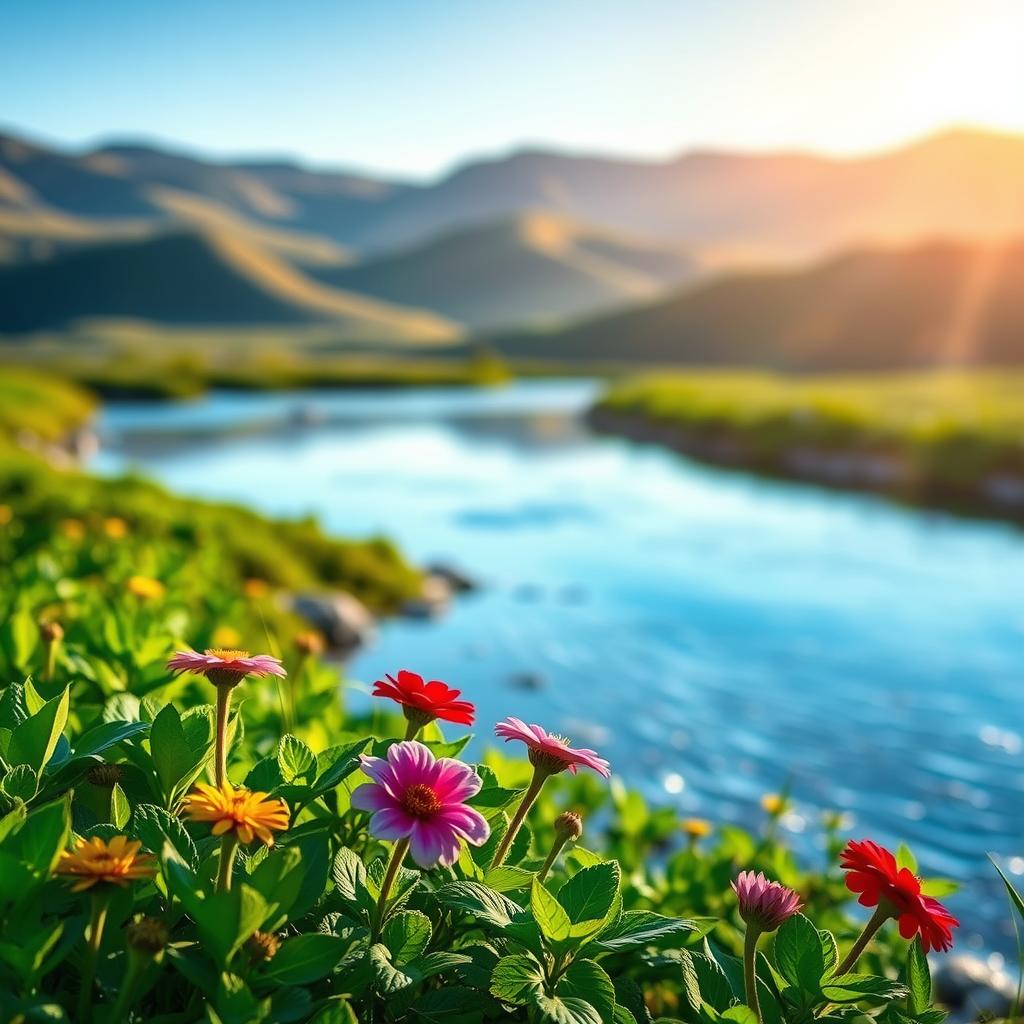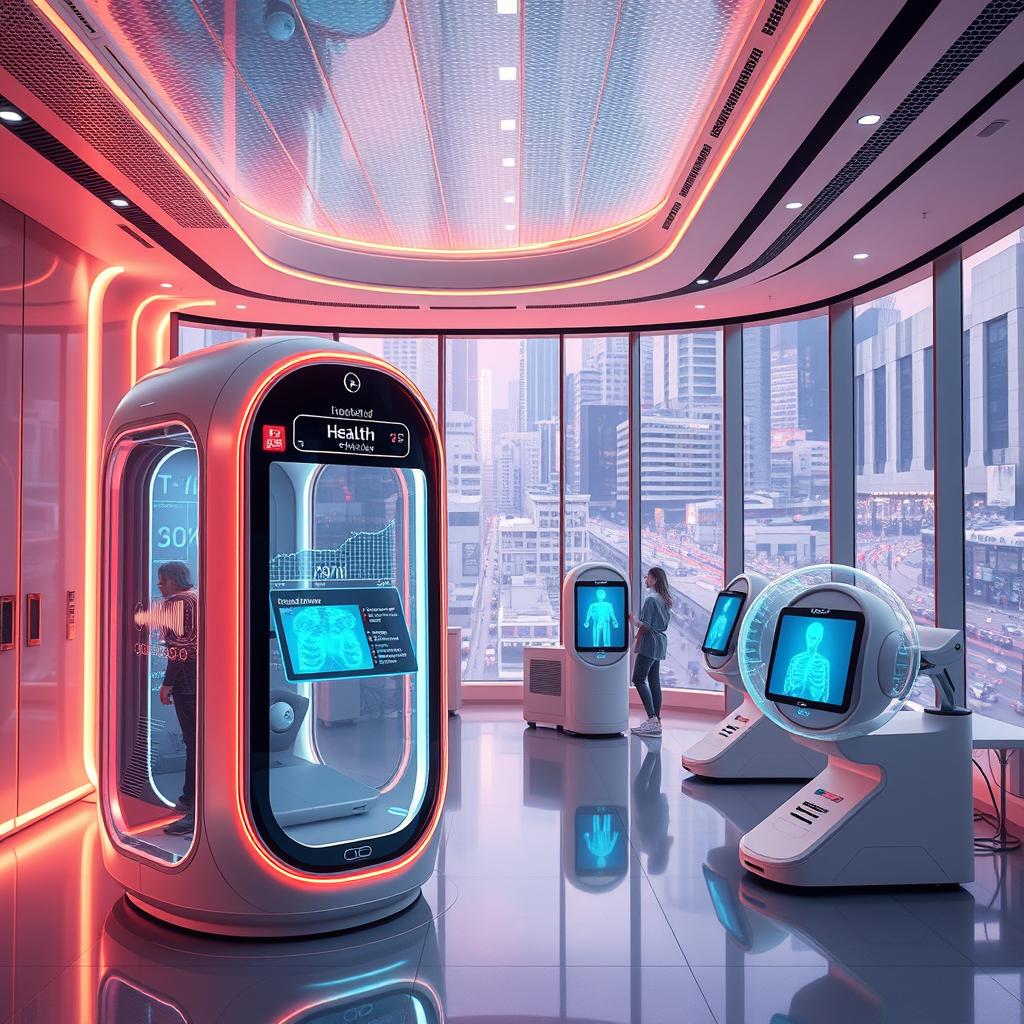Reflecting on my daily routine, I realize how important staying hydrated is. Did you know that our bodies are 65% water? This fact shows how drinking water is key all day long.
Being well-hydrated brings many benefits. It can increase our energy and support our health. When I drink enough water, I feel better and can do more.
Key Takeaways
- Drinking enough water is essential for maintaining bodily functions.
- Adequate hydration supports overall health and well-being.
- Staying hydrated can boost energy levels and improve physical performance.
- It’s recommended to drink water regularly throughout the day.
- Proper hydration is vital for maintaining healthy skin and organs.
Why Hydration Matters for Your Body
Knowing how important hydration is can help keep you healthy. Water helps control body temperature, keeps joints moving, and gets rid of waste. Drinking enough water is key for our bodies to work right.
The Science Behind Hydration
Hydration isn’t just about drinking water. It’s about how our bodies use it. At a cellular level, water keeps our bodily fluids in balance.
Cellular Function and Water Balance
Our cells need water to work well. It helps move nutrients and oxygen to cells and takes away waste. Keeping cells hydrated is vital for health.
Hydration’s Role in Metabolism
Water is also key for metabolism. It helps break down food into energy for our bodies. Even a little dehydration can slow down metabolism, making it tough to lose weight or stay energized.
How Water Supports Bodily Functions
Water helps with many bodily functions, like digestion and keeping temperature right. Let’s look at these functions closer.
Digestion and Nutrient Absorption
Water is crucial for digestion. It helps dissolve nutrients and minerals, making them easier for our bodies to use. Drinking enough water also prevents constipation by softening stool and helping with regular bowel movements.
Temperature Regulation and Toxin Removal
Our bodies use water to keep temperature stable through sweating. Water also helps remove toxins through urination and sweating. This keeps our skin healthy and our bodies working well.
Understanding hydration and how water helps our bodies can show us why drinking enough water is so important. Staying hydrated is essential for good health and keeping our bodies running smoothly.
Signs You’re Not Drinking Enough Water
Drinking enough water is key to good health. Knowing the signs of dehydration helps us stay healthy. Our bodies show different signs when we don’t drink enough water.
Physical Symptoms of Dehydration
Dehydration can show up in many ways. These signs can be mild or severe.
From Mild to Severe Dehydration Indicators
Mild dehydration might make you feel fatigued, have a dry mouth, or notice dark urine. Severe dehydration can cause dizziness, rapid heartbeat, or low blood pressure.
Skin, Mouth, and Urinary Signs
Look out for dry skin, less urine, or dark yellow urine. Dehydration can also cause bad breath because of less saliva. This lets more bacteria grow in your mouth.

Mental Effects of Insufficient Hydration
Dehydration affects not just our bodies but our minds too. Knowing this helps us stay healthy.
Cognitive Performance and Dehydration
Even a little dehydration can hurt cognitive performance. It can affect attention, memory, and motor skills. Dehydration makes it hard for the brain to work well.
Mood Changes When Underhydrated
Dehydration can also change our mood. It can make us feel irritable, anxious, or depressed. Drinking enough water helps keep our mood stable.
By recognizing these signs and drinking more water, we can improve our health. Being aware of our hydration helps us stay well.
The “More Water, More Hydration” Philosophy
The ‘More Water, More Hydration’ philosophy is not a one-size-fits-all rule. It’s about finding the right amount of water for your body. This depends on your age, sex, how active you are, and where you live.
Understanding Your Personal Hydration Needs
To follow the ‘More Water, More Hydration’ philosophy, you need to know what your body needs. This means looking at several important factors. These factors help figure out how much water you should drink.
Individual Variation in Water Requirements
For example, athletes or people who are very active need more water than those who are not. Also, people in hot or humid places need more water than those in cooler or drier areas. It’s important to listen to your body and adjust your water intake based on how you feel.
Beyond the “8 Glasses a Day” Rule
The idea that you should drink 8 glasses of water a day is common. But, research now shows this might not work for everyone. Hydration needs can really vary from person to person.
Modern Research on Optimal Hydration
Recent studies have found that age, sex, and how active you are affect how much water you need. For example, a study in a health journal found that 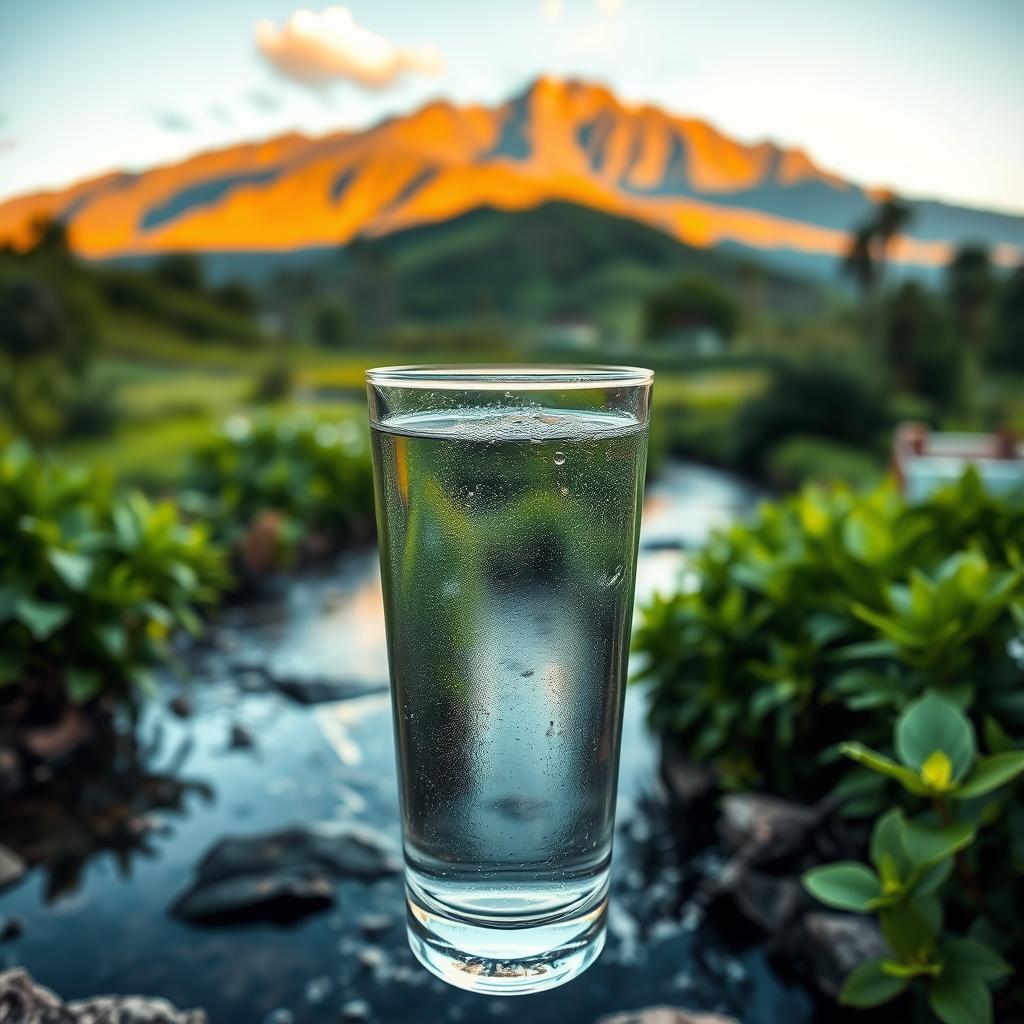
By understanding and applying the ‘More Water, More Hydration’ philosophy, you can improve your health. It’s not just about drinking more water. It’s about drinking the right amount for your body.
Calculating Your Optimal Daily Water Intake
Finding out how much water you should drink every day is key to staying healthy. It’s important to think about different things that affect how much water you need.
Factors That Affect Your Hydration Requirements
Many things can change how much water you should drink. Knowing these can help you make a plan that’s just right for you.
Weight, Activity Level, and Climate Considerations
Your weight, how active you are, and where you live all play a part in how much water you need. For example, if you’re very active or live in a hot place, you’ll need more water to stay hydrated.
Health Conditions That Alter Hydration Needs
Some health problems, like diabetes or heart disease, can change how much water you need. It’s important to adjust your water intake if you have any health issues.
Personalized Hydration Formulas
To figure out how much water you should drink, you can use simple formulas. These formulas consider your own unique characteristics.
Simple Calculations for Daily Water Goals
One way is to drink half an ounce of water for every pound of your body weight. For example, if you weigh 150 pounds, aim to drink 75 ounces of water each day.
Adjusting Your Intake Based on Lifestyle
You can also adjust your water intake based on how active you are and where you live. If you’re very active or live in a hot, humid area, you might need to drink more water.
| Activity Level | Climate | Recommended Water Intake Adjustment |
|---|---|---|
| Low | Temperate | No adjustment needed |
| Moderate | Hot | + 10-15% increase in water intake |
| High | Very Hot | + 20-25% increase in water intake |
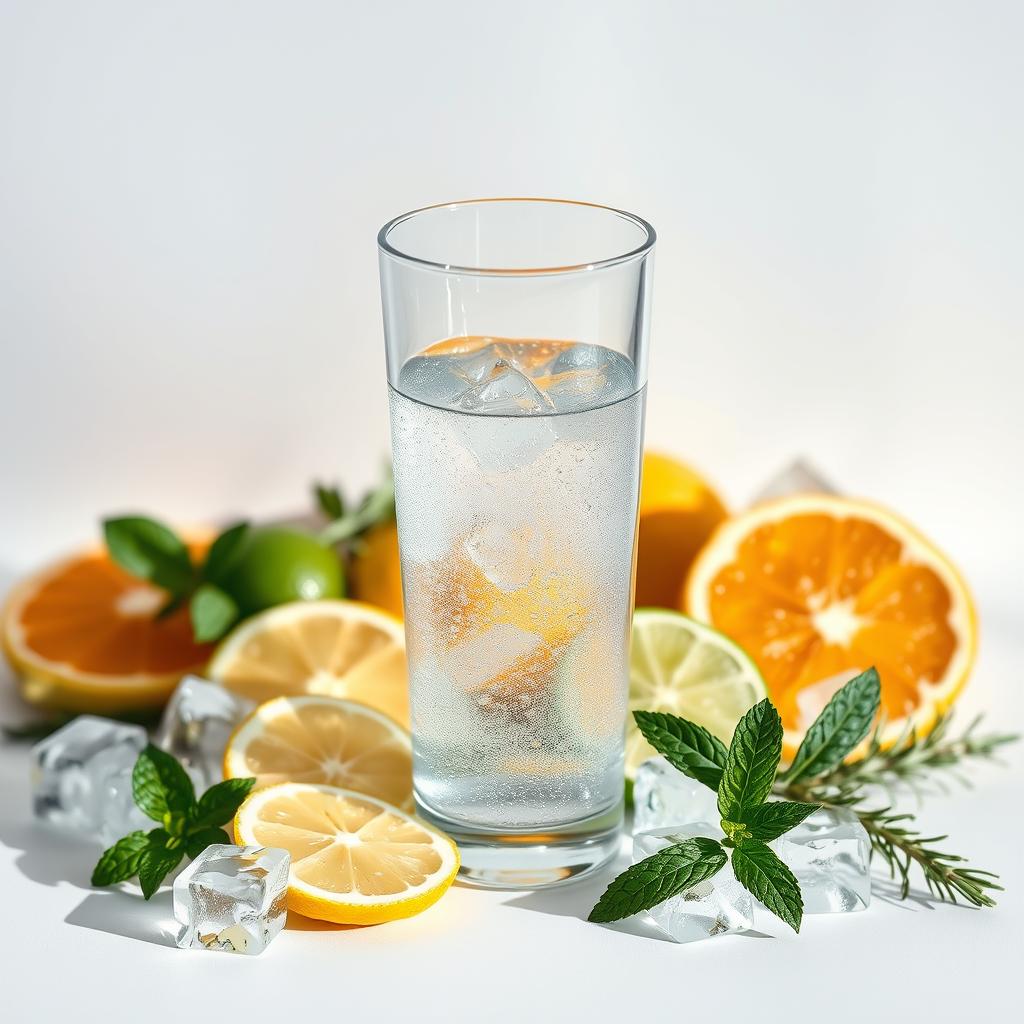
By thinking about these factors and adjusting your water intake, you can make sure you’re drinking enough water. This helps you stay hydrated and healthy.
12 Simple Strategies to Drink More Water Daily
Drinking more water each day is easy. Just add a few simple steps to your daily life. Here are some easy ways to drink more water every day.
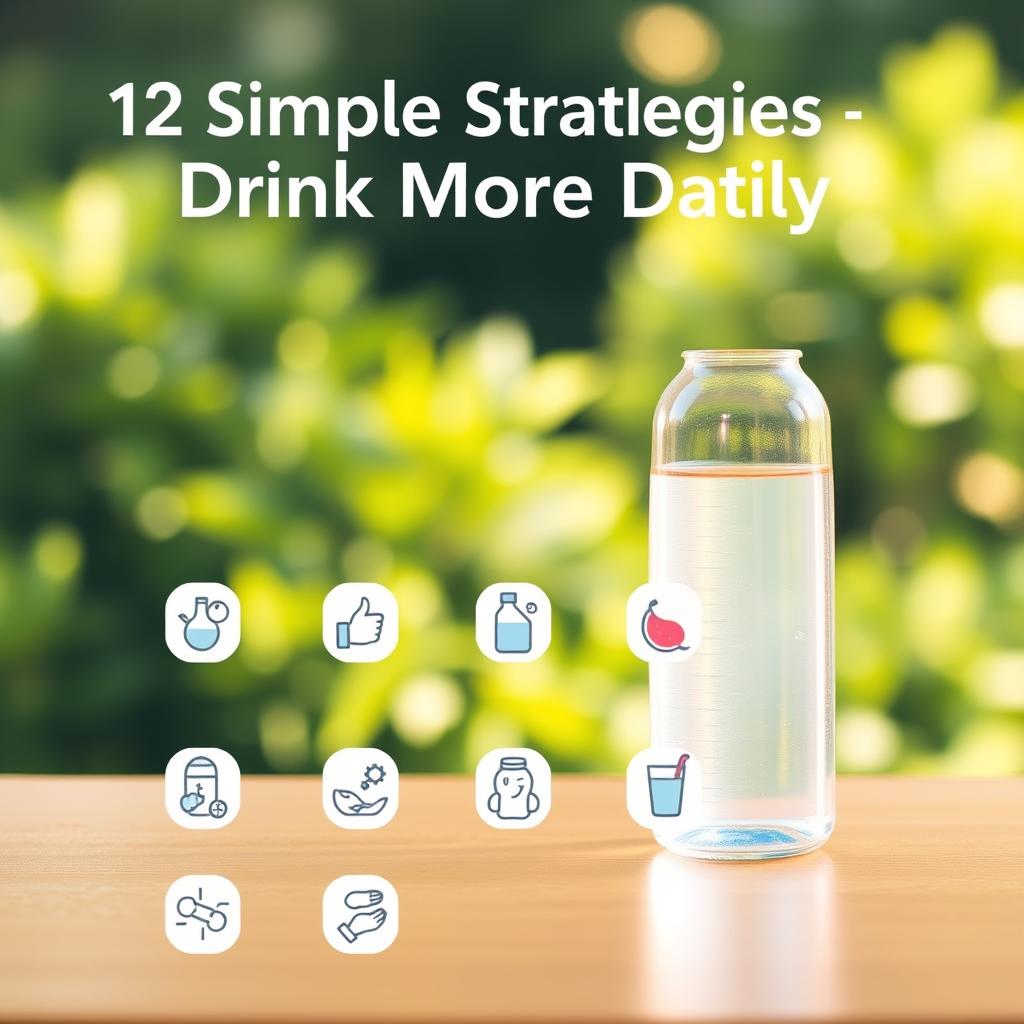
Creating a Water-Drinking Schedule
Make a plan to drink water at set times. This helps you stay on track and makes it a habit.
Time-Based Reminders That Actually Work
Use phone reminders or sticky notes to remember to drink water. For example, drink a glass when you wake up, at lunch, and before bed.
Linking Water Intake to Daily Routines
Drink water with your daily routines. Like drinking before meals or when brushing teeth. This makes it a natural part of your day.
Using Technology to Track Hydration
Today, there are many tools to track your water. Apps and devices give insights into your hydration.
Apps That Gamify Your Water Consumption
Apps make drinking water fun. You earn rewards for reaching your hydration goals. This keeps you motivated.
Smart Devices for Hydration Monitoring
Smart water bottles track your intake and send reminders. They’re great for those who forget to drink water.
Environmental Cues for Regular Water Consumption
Your surroundings can remind you to drink water. Simple changes can encourage you to stay hydrated.
Visual Triggers in Your Home and Workspace
Keep water bottles in sight to remind you to drink. A bottle on your desk or near your favorite spot helps.
Social Accountability for Better Hydration
Tell a friend about your hydration goals. Challenge each other to drink more. It makes staying hydrated fun and social.
These strategies make drinking enough water easy. Whether it’s scheduling, tech, or environmental cues, there are many ways to stay hydrated and healthy.
Hydration Tools and Accessories That Actually Work
Hydration tools and accessories have evolved to help you track and maintain your water intake effectively. With many options available, it’s key to find tools that really help in your hydration journey.
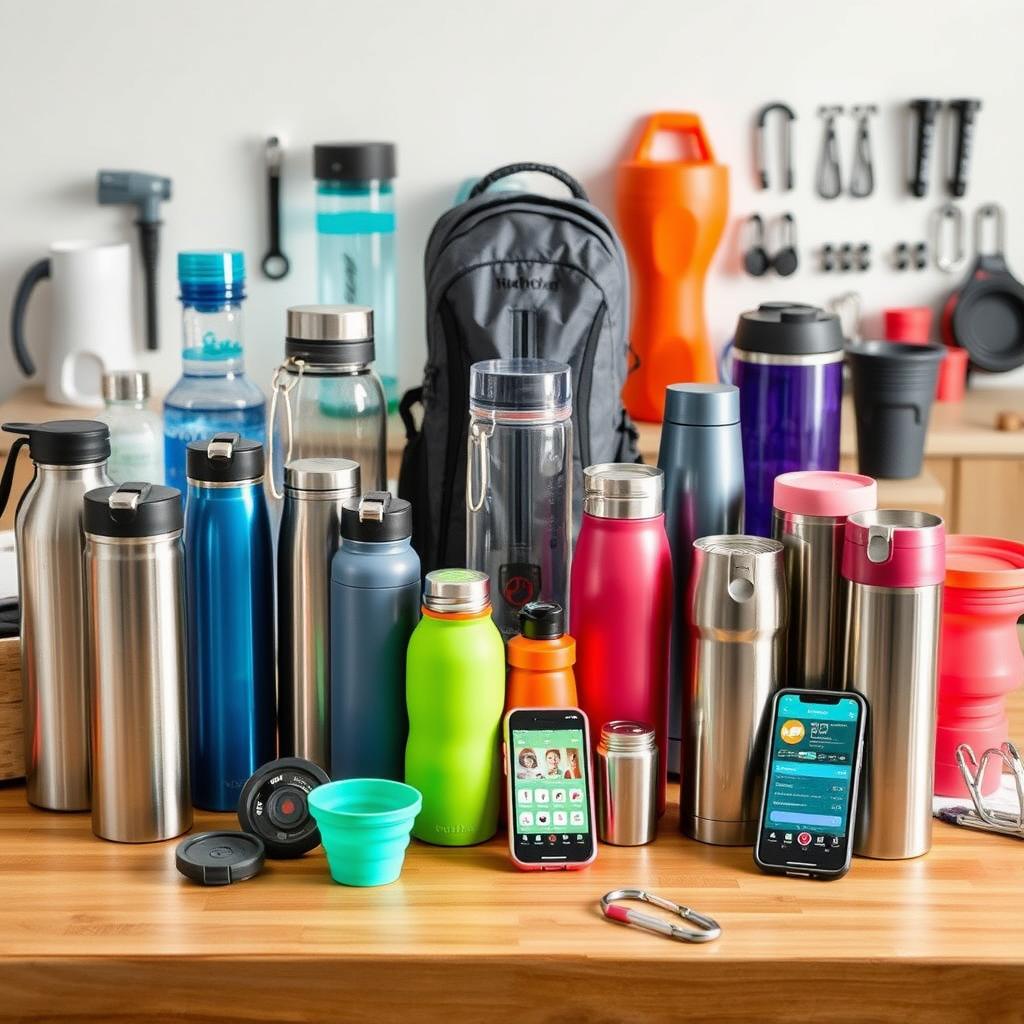
Smart Water Bottles Worth the Investment
Smart water bottles have changed how we stay hydrated. They track your water intake and remind you to drink more. As “Drinking enough water is essential for our bodies to function properly”, a smart water bottle can be a big help in staying hydrated.
Features That Make Hydration Easier
Smart water bottles stand out for several reasons:
- Hydration tracking: Many sync with your phone to track your water intake.
- Customizable reminders: Set reminders to drink water at specific times.
- Temperature control: Some bottles keep your water at the perfect temperature for hours.
Budget vs. Premium Options Compared
When picking a smart water bottle, you can choose budget-friendly or premium models. Budget options might lack some features but still track hydration. Premium bottles offer more features like advanced hydration planning and health app integration.
Apps and Devices for Tracking Water Intake
There are many apps and devices to track your water intake. These tools make it easy to monitor your hydration, especially when you’re busy.
Free vs. Paid Hydration Apps
Many hydration apps are free, offering basic tracking. But, paid apps have more features like personalized plans and wearable device integration. As the saying goes,
“You get what you pay for.”
For extra functionality, investing in a paid app might be worth it.
Wearable Technology for Hydration Monitoring
Wearable devices like smartwatches and fitness trackers can also track your hydration. They often work with hydration apps to give a full view of your hydration status. Using wearable technology helps you stay on track with your hydration goals.
Flavoring Your Water: Healthy Alternatives to Sugary Drinks
Adding natural ingredients to water is a smart way to make it tasty without sugar. It’s a healthier choice than sugary drinks, which can harm your health. By using natural flavor enhancers, you get to enjoy water more while getting extra nutrients and antioxidants.
Natural Flavor Enhancers for Water
There are many ways to make water more fun to drink. You can use herbs, fruits, and spices, or try zero-calorie sweeteners.
Herbs, Fruits, and Spices for Water Infusions
Adding herbs, fruits, and spices to water is easy and effective. Here are some favorites:
- Lemons and limes for a citrus twist
- Cucumbers for a refreshing and light taste
- Mint leaves for a cooling effect
- Berries such as strawberries, blueberries, or raspberries for a sweet and tangy flavor
- Ginger for a spicy kick
These ingredients not only taste great but also offer health benefits like antioxidants and anti-inflammatory properties.
Zero-Calorie Natural Sweeteners
If you like your water a bit sweeter, try zero-calorie sweeteners. Options include:
- Stevia
- Monk fruit sweetener
- Erythritol
These sweeteners let you enjoy sweet water without adding calories to your diet.
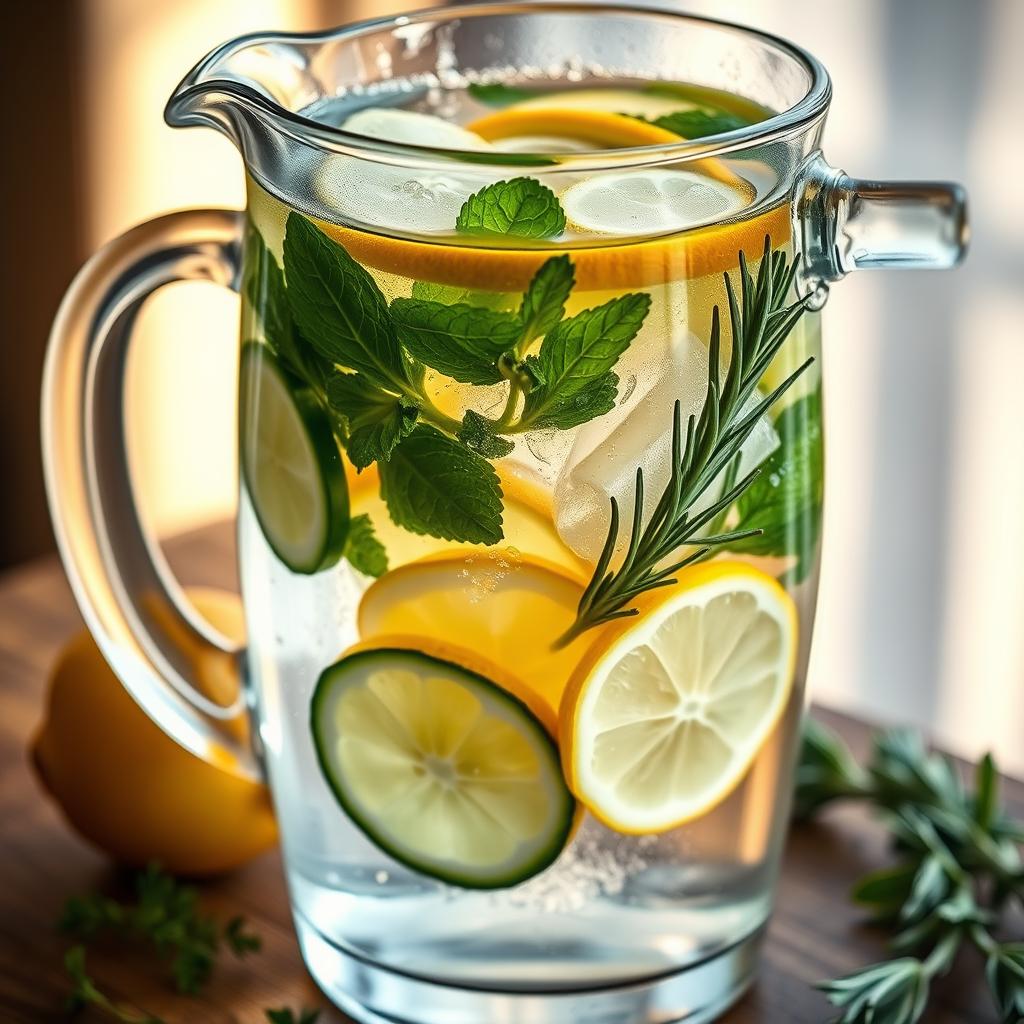
Recipes for Delicious Infused Waters
Creating your own infused water recipes can be fun and creative. Here are some ideas to get you started:
Seasonal Combinations for Year-Round Enjoyment
Using seasonal fruits and herbs keeps your infused water interesting all year. For example:
- Summer: Lemon and mint
- Spring: Strawberry and basil
- Autumn: Apple and cinnamon
- Winter: Orange and cloves
This way, your infused water stays fresh and exciting all year long.
Prep-Ahead Methods for Busy Schedules
To make infused water a regular part of your routine, try these prep-ahead tips:
- Make a big pitcher of infused water on the weekend to last all week.
- Keep a jug of infused water in the fridge for easy access.
- Use a water bottle with a built-in infuser for hydration on the go.
By using these tips, you can enjoy tasty and healthy water even on the busiest days.
Hydrating Foods That Complement Your Water Intake
Exploring hydration, I find it’s not just about drinking water. Hydrating foods also play a big role. These foods help keep me hydrated, alongside water.
Fruits and Vegetables With High Water Content
Fruits and veggies are full of nutrients and water. They’re great for staying hydrated. Watermelon, cucumbers, and celery are especially good.
Top 10 Most Hydrating Produce Items
- Watermelon
- Cucumbers
- Celery
- Strawberries
- Cantaloupe
- Honeydew
- Oranges
- Grapefruit
- Tomatoes
- Lettuce
Seasonal Availability Guide
Eating seasonally keeps food fresh and adds variety. Watermelon is plentiful in summer, while citrus fruits are in winter.
Incorporating Hydrating Foods Into Your Diet
Adding hydrating foods to my diet is simple. I plan meals and snacks around them. This keeps me hydrated all day.
Meal Planning for Optimal Hydration
I mix hydrating foods into my meals. For example, cucumbers in salads or watermelon as a side.
Snack Ideas for Extra Hydration Boosts
For quick hydration, I snack on fruits like strawberries or oranges. They’re refreshing and packed with vitamins and minerals.
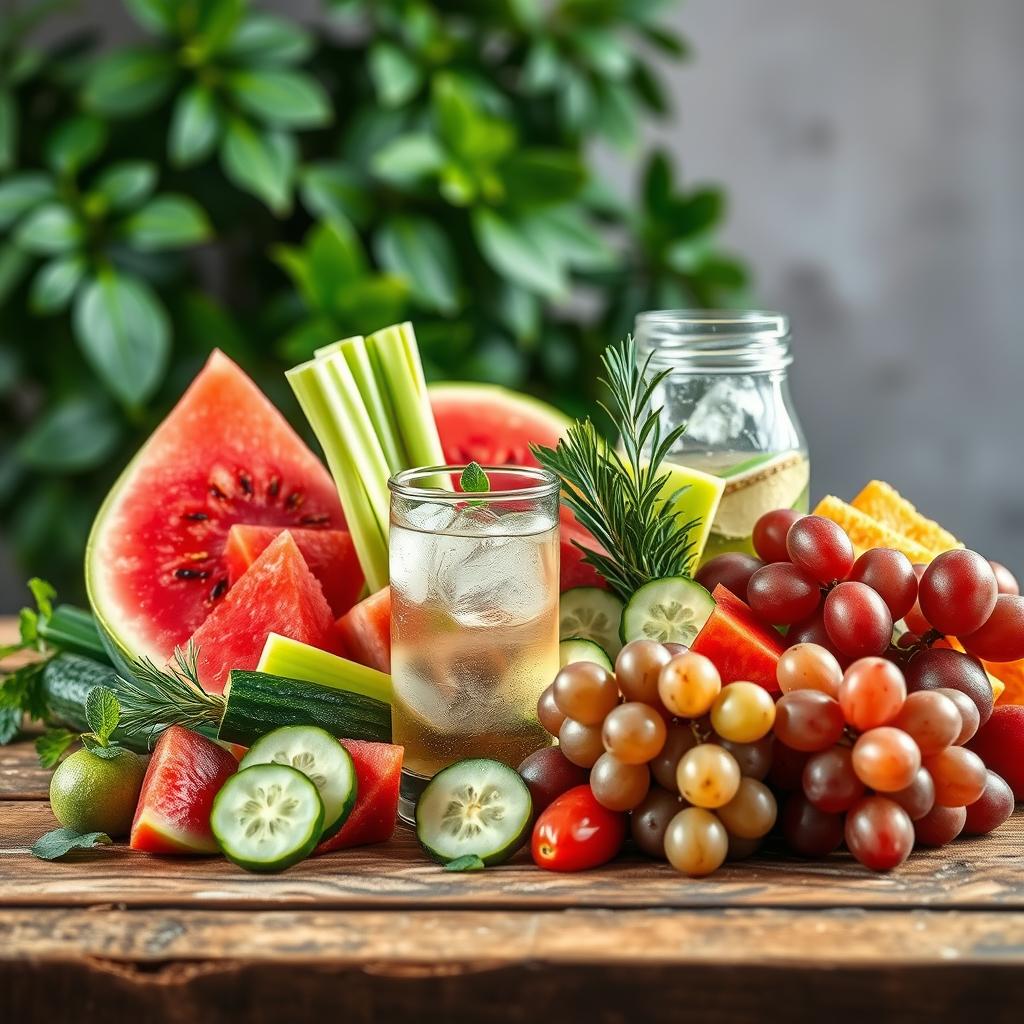
Staying Hydrated During Exercise and Physical Activity
Keeping your body hydrated is key to getting the most out of your workouts. When you exercise, you lose water through sweat. This can cause dehydration if not managed well.
Pre-Workout Hydration Strategies
Drinking water before you start exercising is important. It helps your body get ready for the physical demands ahead. Drinking water before a workout keeps blood flowing and helps control your body’s temperature.
During-Exercise Hydration Tips
It’s crucial to stay hydrated while exercising. Drink water at regular intervals to replace lost fluids. This keeps your performance up and prevents dehydration.
Electrolyte Balance for Extended Workouts
If your workout lasts over 60 minutes, you need to replace electrolytes. Replenishing electrolytes is important for maintaining the right balance of minerals. You can use sports drinks or electrolyte-rich beverages for this.
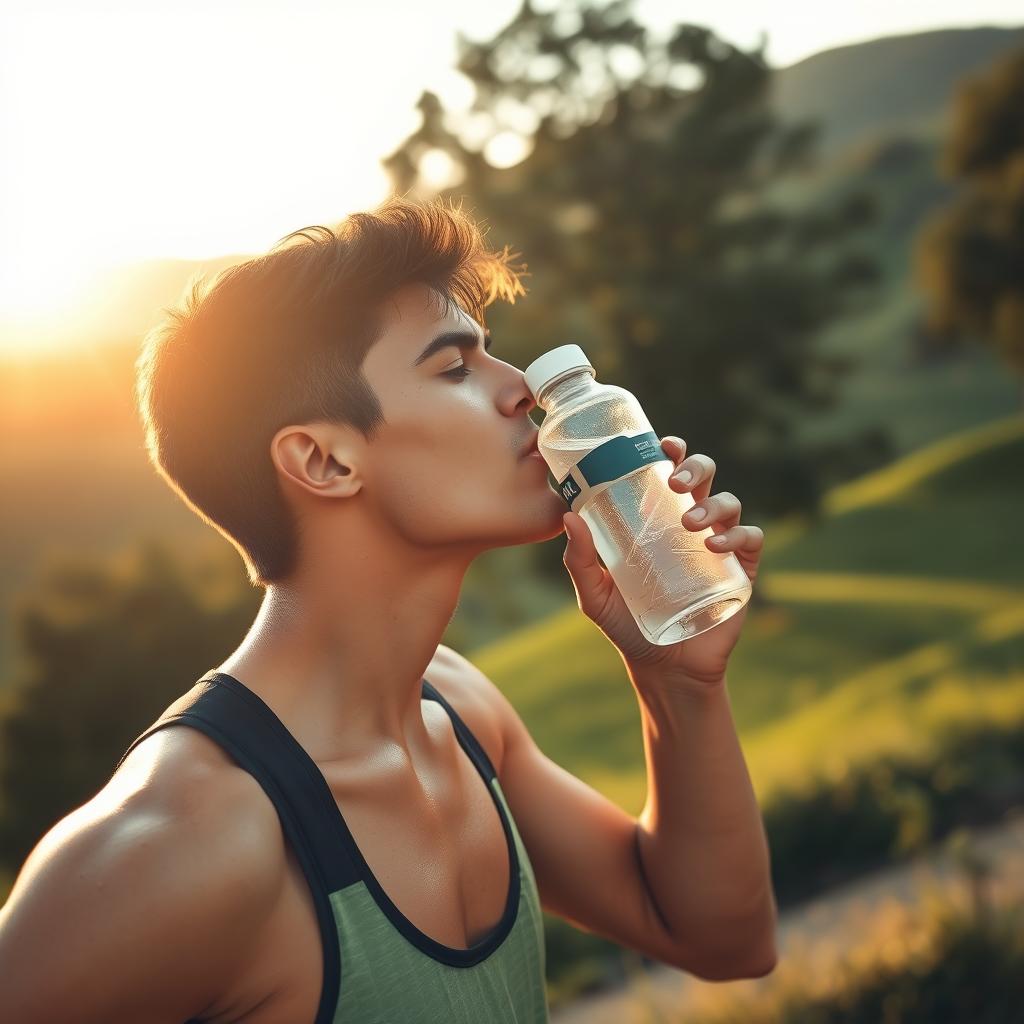
Using these hydration tips can boost your workout performance and lower dehydration risks. Remember, staying hydrated is key to achieving your fitness goals and keeping your health in check.
Seasonal Hydration: Adjusting Your Water Intake Throughout the Year
Staying hydrated isn’t a one-size-fits-all approach; it varies significantly with the seasons. As the environment around us changes, so do our hydration needs. Understanding and adapting to these changes is crucial for maintaining optimal hydration levels throughout the year.
Summer Hydration Challenges and Solutions
Summer brings heat and humidity, increasing the risk of dehydration. To combat this, it’s essential to drink more water. Increased water intake helps to replace lost fluids and maintain bodily functions.
Heat-Related Dehydration Prevention
Preventing dehydration during the summer months involves more than just drinking water; it’s about being mindful of your body’s needs. Monitoring your urine color is a simple yet effective way to check your hydration status – it should be pale yellow.
Outdoor Activity Hydration Planning
When engaging in outdoor activities during summer, plan your hydration. Drink water before, during, and after your activities to stay hydrated. Using a hydration app or setting reminders can be helpful.
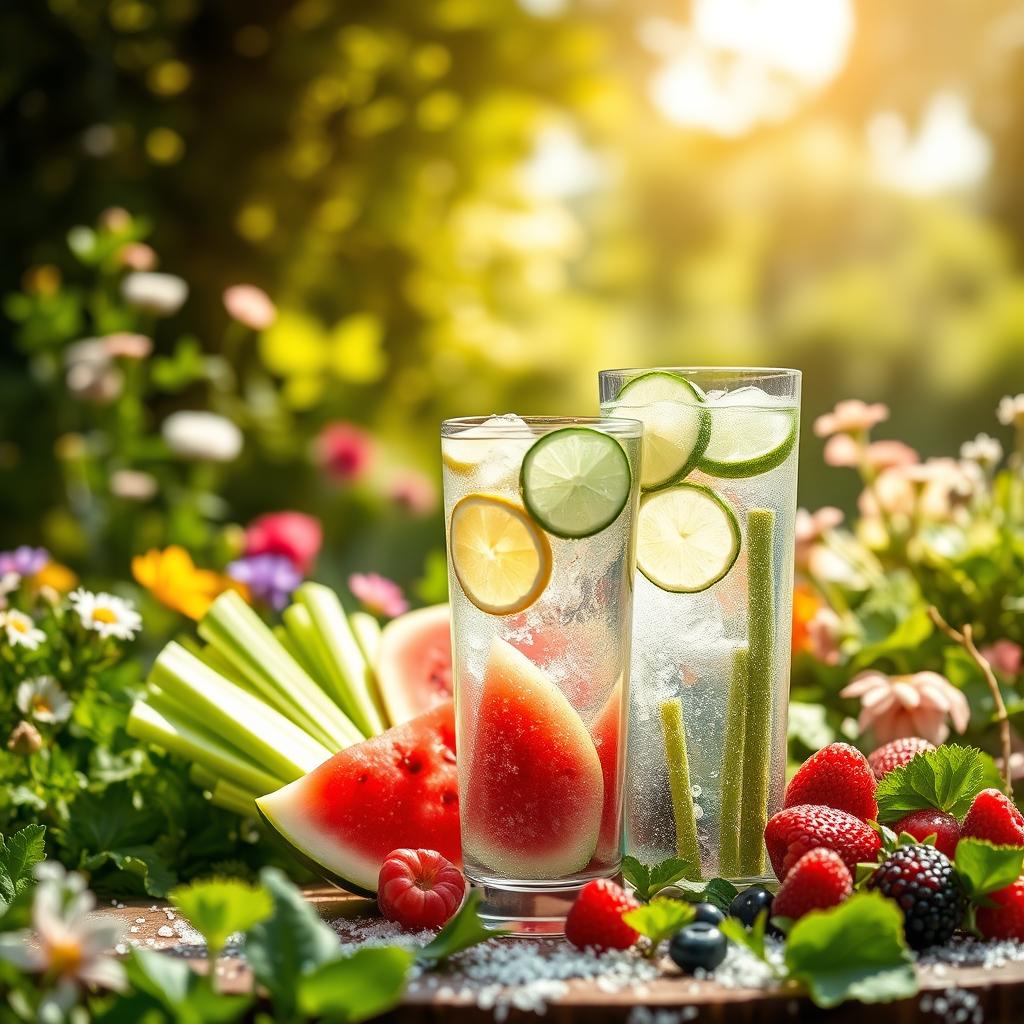
Winter Dehydration: The Hidden Threat
While summer dehydration is more apparent, winter also poses significant hydration challenges. Cold weather can lead to decreased thirst sensation, making it easier to become dehydrated without realizing it.
Why Cold Weather Increases Dehydration Risk
Cold, dry air can strip moisture from your skin and respiratory tract, increasing fluid loss. Moreover, indoor heating systems further dry out the air, exacerbating dehydration.
Warm Hydration Options for Cold Months
To stay hydrated in winter, consider warm hydration options like herbal teas or warm water with lemon. These can be comforting and help increase your fluid intake.
By understanding the seasonal changes in hydration needs and implementing strategies to stay hydrated, you can maintain your overall wellness and enjoy the benefits of proper hydration year-round.
Overcoming Common Hydration Obstacles
Getting enough water can be hard, but knowing the challenges helps. I’ll share tips to help you drink more water. These tips will help you stay hydrated and feel better.
“I Don’t Like the Taste of Water” Solutions
If water tastes bad to you, there are ways to make it better. Try changing the water’s temperature. Our taste can change with temperature.
Water Temperature and Taste Perception
Some like cold water, others room temperature. Try different temperatures to find your favorite. I like my water cold, which makes it more fun to drink.
Filtration Options for Better-Tasting Water
A water filter can make your water taste better. There are many filters, from simple pitchers to under-sink systems. A good filter can really help your hydration.
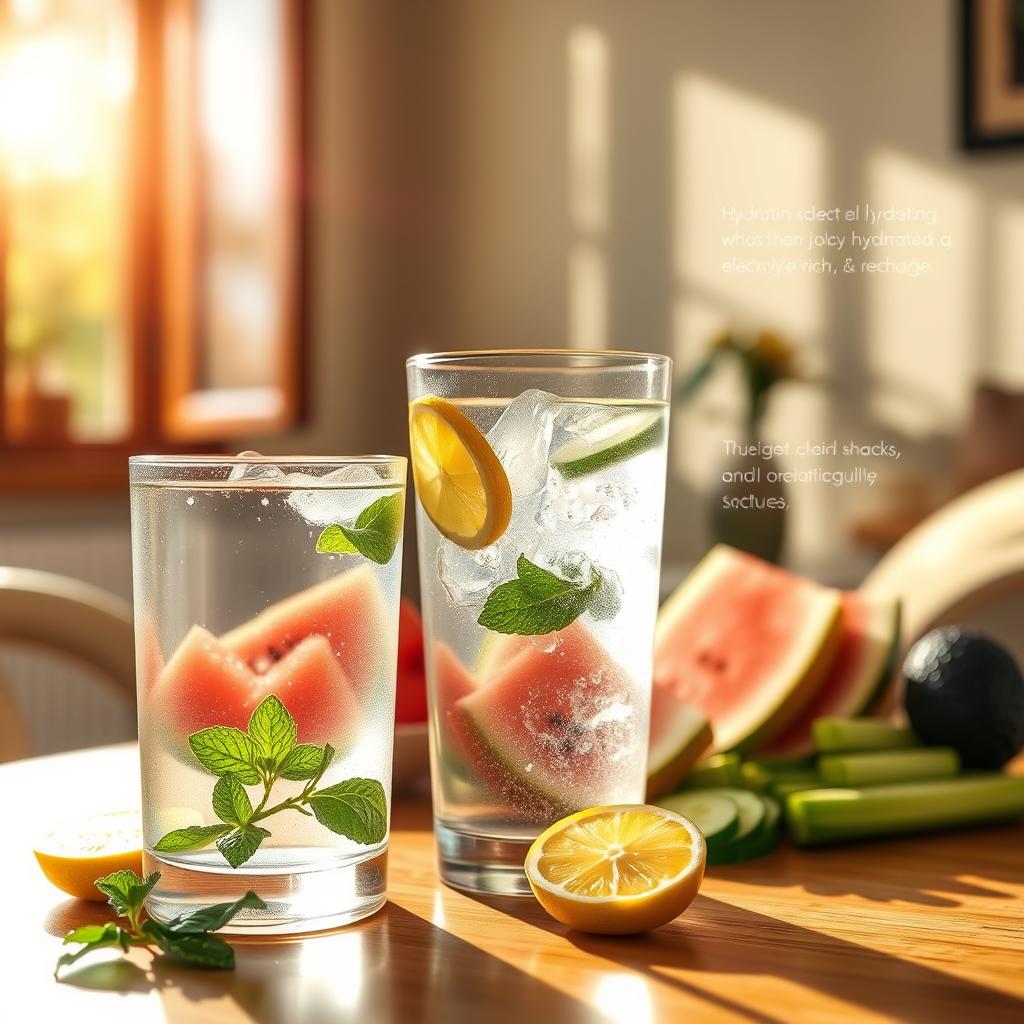
Strategies for the “I Always Forget to Drink” Problem
Forgetting to drink water is common. But, there are ways to remember. Building habits and using reminders can help you drink water all day.
Habit-Building Techniques for Consistent Hydration
Creating a routine is important for drinking water. Drinking a glass of water when you wake up is a good start. You can also drink water before meals.
Physical and Digital Reminder Systems
Today, there are apps and devices to remind you to drink water. You can also use sticky notes or smart water bottles. I use phone reminders to stay on track.
With these tips, you can beat common hydration challenges. The key is to find what works for you and stick with it.
Special Hydration Considerations for Different Age Groups
As we grow, our need for water changes. It’s key to know how hydration differs by age. Drinking water is important for everyone, but how we do it changes from childhood to old age.
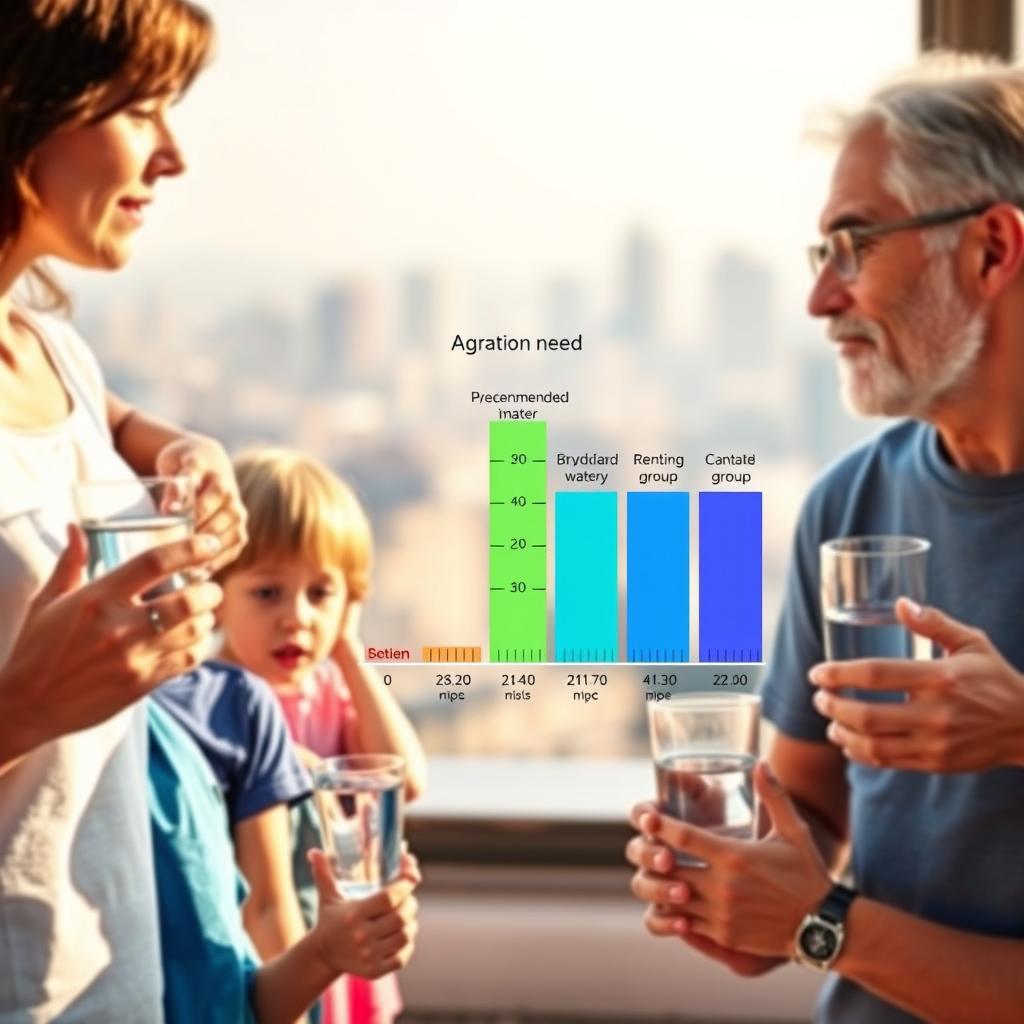
Children and Teens: Building Healthy Hydration Habits
For young people, starting good hydration habits early is vital. Teaching them to drink water early helps them stay healthy for life.
Making Water Fun for Young People
To get kids to drink more water, make it fun. Here are a few ways:
- Infuse water with fruits or herbs
- Use colorful cups or straws
- Set up a reward system for daily water goals
Monitoring Kids’ Hydration Status
It’s important for parents to watch how much water kids drink. Look at urine color and how often they go. Also, watch for signs of dehydration like headaches or tiredness. Make water easy to get and encourage them to drink often.
Seniors: Addressing Age-Related Hydration Challenges
Older adults face special challenges with staying hydrated. They might not feel thirsty as much and finding water can be hard.
Medication Effects on Hydration
Many medicines seniors take can affect how much water they need. It’s important to know how these medicines impact hydration and adjust water intake.
Accessibility Solutions for Easier Water Consumption
Simple changes can help seniors drink more water. Using lightweight bottles or installing water dispensers in easy spots can help a lot. Making sure they drink enough water is key for their health.
| Age Group | Hydration Challenges | Recommendations |
|---|---|---|
| Children & Teens | Developing good hydration habits | Make water fun, monitor hydration status |
| Seniors | Decreased thirst sensation, accessibility issues | Understand medication effects, use accessibility solutions |
Conclusion: Your Journey to Better Hydration
Staying hydrated is a journey that needs commitment and awareness. We’ve learned that drinking more water can greatly improve our health. By knowing the benefits of hydration, we can make better choices about our water intake.
Figuring out how much water you need, using tools to track it, and eating hydrating foods are good strategies. These steps can help improve your physical and mental health. Drinking enough water is a simple yet effective way to feel better.
Remember, every small step towards better hydration is important. Start with a goal that feels achievable to you. With consistent effort and the right methods, you’ll soon enjoy the many benefits of staying hydrated.
